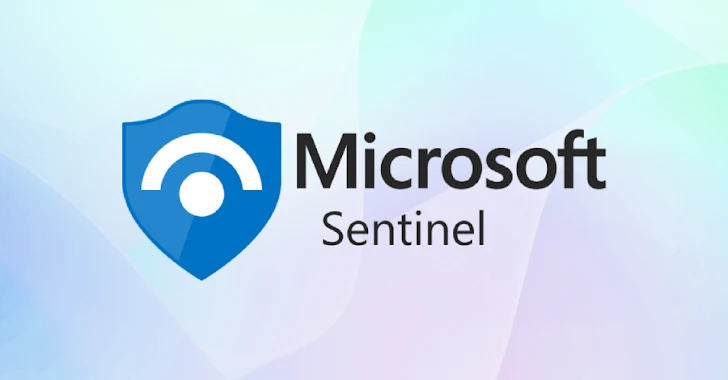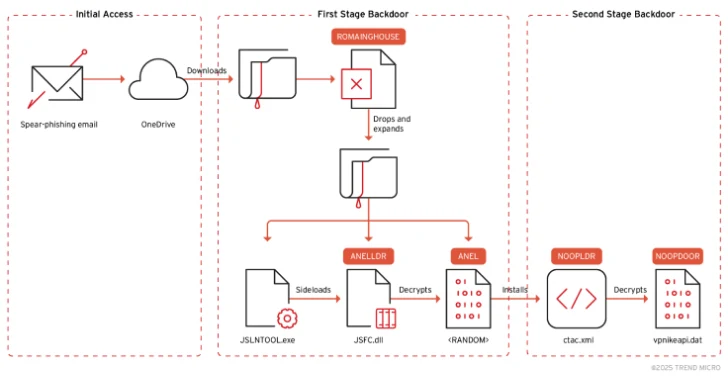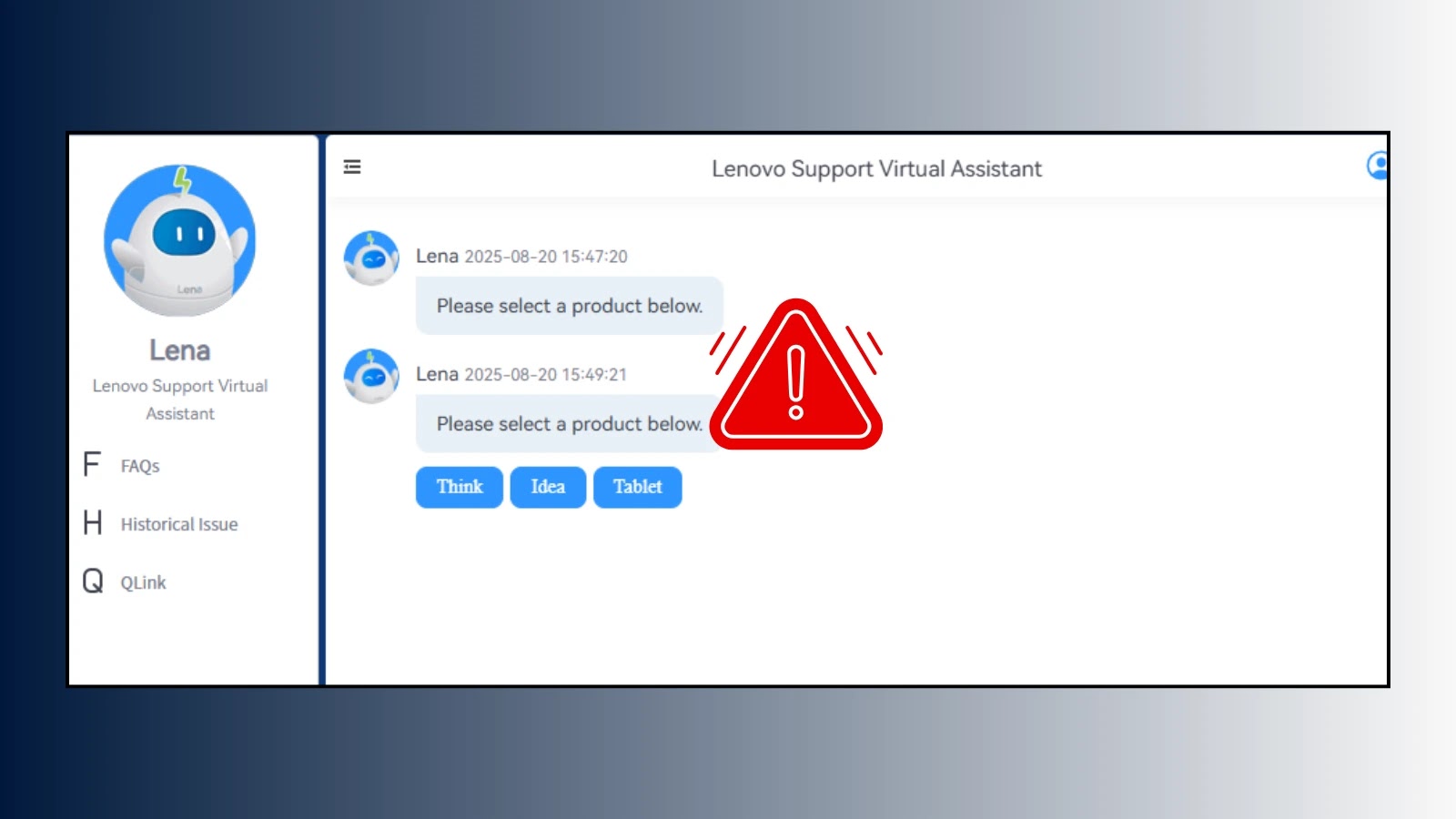On September 30, 2025, Microsoft announced significant enhancements to its Sentinel Security Information and Event Management (SIEM) solution, transforming it into a comprehensive agentic security platform. This evolution is marked by the general availability of the Sentinel data lake, alongside the introduction of Sentinel Graph and the Sentinel Model Context Protocol (MCP) server in public preview.
Vasu Jakkal, Microsoft’s Corporate Vice President of Security, emphasized the strategic importance of these developments. She stated that by integrating graph-based context, semantic access, and agentic orchestration, Sentinel now offers defenders a unified platform to ingest signals, correlate data across various domains, and empower AI agents. These agents are built within Security Copilot, Visual Studio Code using GitHub Copilot, and other developer platforms.
Sentinel Data Lake: A Foundation for Advanced Security Analytics
The Sentinel data lake, initially released in public preview in July 2025, is a cloud-native tool designed to ingest, manage, and analyze security data. Its primary objective is to provide enhanced visibility and advanced analytics capabilities. By consolidating data from diverse sources, the data lake enables artificial intelligence models, such as Security Copilot, to detect subtle patterns, correlate signals, and generate high-fidelity alerts.
This centralized approach allows security teams to uncover attacker behaviors, conduct retrospective analyses over historical data, and automatically trigger detections based on the latest threat intelligence. By organizing and enriching security data, Sentinel facilitates faster issue detection and more efficient response to security events at scale, shifting cybersecurity operations from a reactive to a predictive stance.
Graph-Based Context and Agentic Orchestration
A pivotal aspect of Sentinel’s evolution is its ability to ingest both structured and semi-structured signals, constructing a comprehensive understanding of an organization’s digital environment through vectorized security data and graph-based relationships. By integrating these insights with tools like Defender and Purview, Sentinel provides graph-powered context within existing security workflows. This integration aids defenders in tracing attack paths, assessing impact, and prioritizing responses effectively.
Furthermore, Sentinel’s agentic orchestration capabilities empower security teams to build customized Security Copilot agents within a Sentinel MCP server-enabled coding platform, such as Visual Studio Code using GitHub Copilot. These agents can be tailored to align with specific organizational workflows, enhancing the efficiency and effectiveness of security operations.
Addressing AI Security Challenges
Recognizing the growing importance of securing artificial intelligence platforms, Microsoft has underscored the necessity of implementing safeguards to detect and mitigate prompt injection attacks. The company plans to introduce new enhancements to Azure AI Foundry, incorporating additional protections for AI agents against such risks. This proactive approach aims to bolster the security of AI-driven operations and maintain the integrity of automated processes.
Implications for the Cybersecurity Landscape
Microsoft’s expansion of Sentinel into an agentic security platform signifies a substantial advancement in cybersecurity capabilities. By unifying data ingestion, analysis, and response within a single platform, organizations can achieve a more cohesive and proactive security posture. The integration of AI-driven insights and graph-based context enables security teams to detect and respond to threats with greater precision and speed.
As cyber threats continue to evolve in complexity and sophistication, the need for advanced, integrated security solutions becomes increasingly critical. Microsoft’s enhancements to Sentinel reflect a commitment to providing organizations with the tools necessary to navigate the dynamic cybersecurity landscape effectively.



